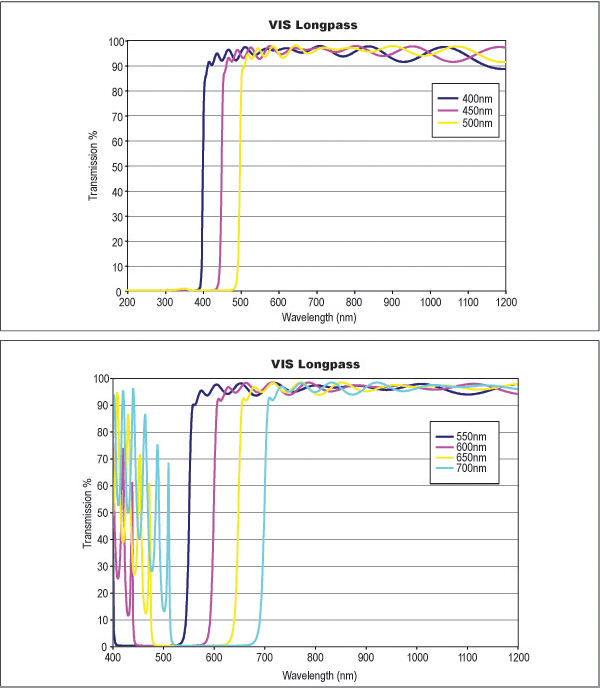When it comes to understanding electrical wiring, grasping some fundamental terminology is essential. Electrical wires serve as conductors, and the materials commonly used in home wiring are copper and aluminum. However, when multiple wires are bundled together inside a single covering, they form a cable. As you continue reading, you’ll encounter various types of wiring options suitable for your home.
### 1. Non-Metallic (NM) / Flexible Cables
If you’ve ever looked closely at residential wiring, you’ve likely encountered NM cables, also known as flexible cables. These cables typically consist of three or more wires encased in a protective sheath. Depending on the wire gauge and circuit requirements, the sheath may come in different colors. For instance, a gray-sheathed cable is often used for underground installations since it offers better moisture resistance.
### 2. Armored Cables (BX)
In certain areas, local regulations may prohibit the use of flexible NM cables due to safety concerns. In such cases, armored cables—also called BX—are preferred. These cables feature a flexible metallic sheath that provides extra protection to the internal conductors. It's worth noting that armored cables are generally not allowed in commercial settings due to their limitations in handling larger currents.
### 3. Underground Feeder (UF) Cables
Underground feeder cables, a subtype of NM cables, are specifically designed for damp environments and can be buried directly in the ground. Electricians frequently use these cables to power outdoor fixtures like lights and pumps. Unlike standard NM cables, UF cables have a solid plastic outer sheath, typically gray, making them ideal for direct burial applications.
### 4. Low-Voltage Wires
For circuits operating below 50 volts, low-voltage wires are the go-to choice. These cables are commonly found in devices that require minimal power, such as landscape lighting, doorbells, thermostats, and irrigation systems. Using these wires is generally safe since they carry minimal current. Still, it’s advisable to turn off the connected devices when they’re not in use to prevent accidents or unnecessary energy consumption.
### 5. Solar Cables
Solar cables are engineered to link photovoltaic systems to generate renewable energy. Known for their robust construction, these cables can endure harsh weather conditions and maintain performance over long periods. With a lifespan of up to 30 years, solar cables are built to withstand temperatures up to 120°C for extended durations. Their design features fine copper strands wrapped in a UV-resistant and flame-retardant sheath, ensuring durability and reliability.
### 6. Phone and Data Cables
Phone and data cables, often categorized under Cat5 standards, consist of four to eight wires bundled together. These cables excel in transmitting data efficiently and are commonly used for Ethernet connections. Although they don’t handle high voltages, it’s crucial to keep them separate from household wiring to avoid interference. Always handle these cables with care to prevent damage or malfunction.
Before purchasing wiring for your home, ensure you evaluate the insulation quality. Metals like aluminum and copper provide reliable performance. Additionally, look for quality certifications and consider factors like voltage regulation and short-circuit ratings when choosing the appropriate cable size. Opting for reputable brands ensures safety and longevity. Avoid cheaper alternatives, as they might compromise safety and functionality.
In conclusion, selecting the right wiring involves careful consideration of both practicality and compliance with local regulations. By understanding the nuances of each type, you can make informed decisions that ensure your home’s electrical system operates safely and efficiently.
Optical Longpass Filter
Longpass filters are designed to have a sharp transition from reflection to transmission, making them ideal for various applications. Available in a variety of cut-on wavelengths, these filters are designed for fluorescence and order sorting applications.
China star optics can supply a full range of filter. They are shortpass, longpass, bandpass, ultraviolet, infrared, heat absorbing, and color temperature conversion filters. We use material by China to Schott, Hoya, and other manufacturers to process them. Metallic films, colored glasses and thin dielectric films filter are all available per your requirements, filters are widely used in medical instrument, finance, metallurgical, photography,cameras, navigation, military, biography instrument, optical instrument andscience field etc.

Optical Longpass Filter,Optical Shortpass Filter,Colored Glass Optical Filter,Longpass Filter Kits
China Star Optics Technology Co.,Ltd. , https://www.csoptlens.com

